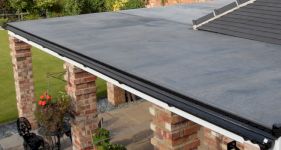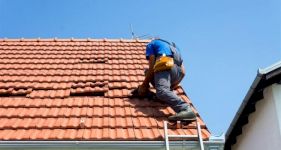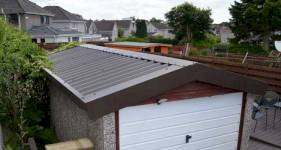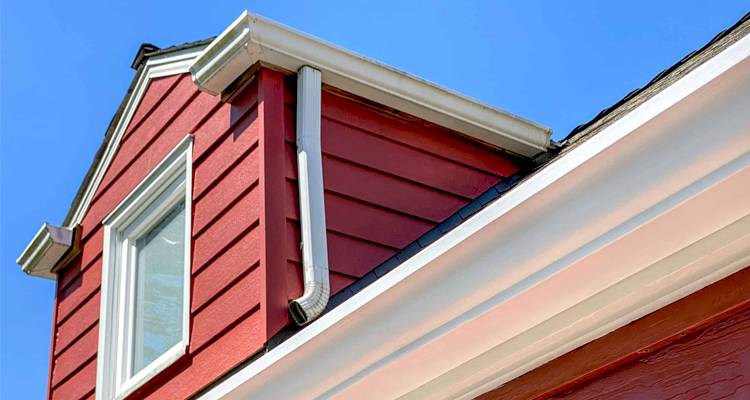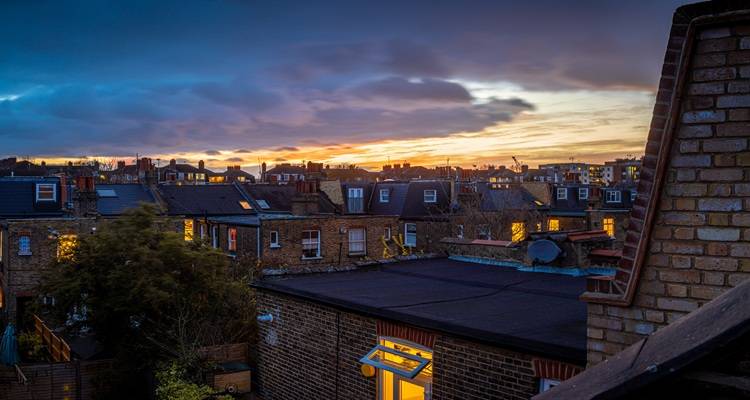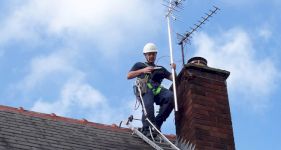Roof Insulation Guide
Investing in insulating your roof can improve your home energy efficiency and reduce your carbon footprint: your investment will be recouped over time, and you will enjoy the benefits for years to come.
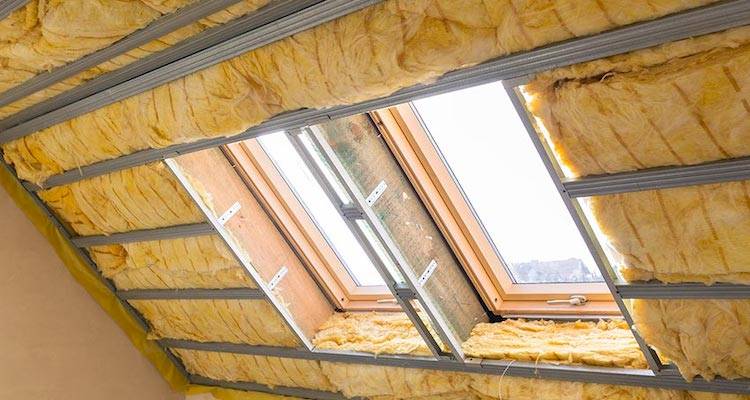
This article will guide you through everything you need to know when considering roof insulation, including costs, timeframes, design ideas, hiring tradespersons, doing it yourself, and the pros and cons of each type.
Table of Contents
- What is Roof Insulation?
- Types of Roof Insulation
- What Are the Pros and Cons of Installing Roof Insulation?
- How Much Does Roof Insulation Cost?
- How to Insulate a Roof
- How Long Does It Take to Insulate a Roof?
- Building Regulations or Planning Permission Approval for Roof Insulation
- Questions to Ask When Hiring a Roof Insulation Specialist
- FAQs
What is Roof Insulation?
Roof insulation provides a barrier of material between your home and the outside world. It can be laid between the joists (the beams across the attic floor) or the rafters (the beams that support the roof of your home).
Regardless of which you choose, insulation slows down the transfer of heat between your home and outside, keeping your rooms cooler in the summer and warmer in the winter.
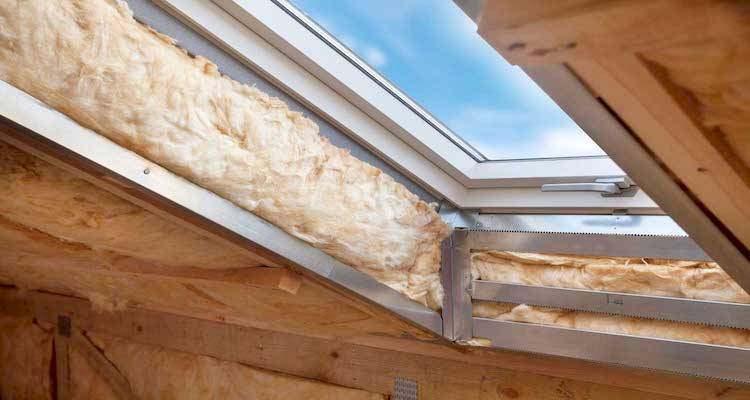
An uninsulated home can lose up to a quarter of its heat through the roof, making your house colder and increasing your heating bills. Insulating your roof and attic is a great way to reduce this, being effective for at least 40 years and saving you even more money than initially spent.
Types of Roof Insulation
There are two main types of loft insulation. The first is typically known as 'cold roof' insulation. It basically means that the insulation is fitted directly onto the floor in the loft, which will trap the heat in the main section of your home and prevent it from escaping through the loft.
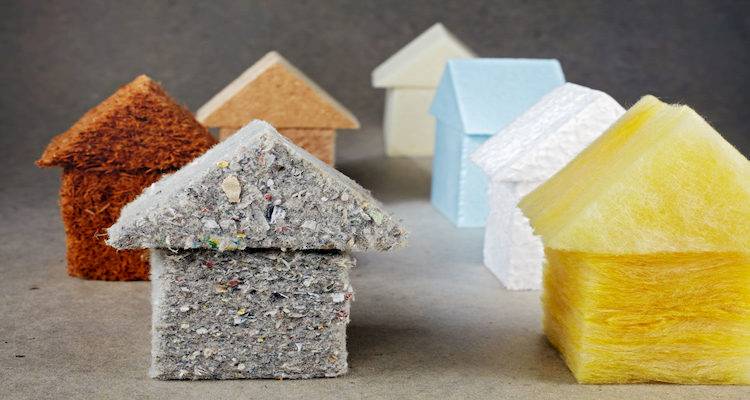
The second type of roof insulation is known as 'warm roof' insulation, and this is installed above the rafters. Now, this type of insulation uses a different form of insulation to the aforementioned 'cold roof' insulation and is primarily used when the loft is to be used as a habitable space.
Pricing can vary wherever you choose to place the insulation, with the variation usually being in the type of materials used and the contractors' fees.
What Are the Pros and Cons of Installing Roof Insulation?
Insulating your roof has an abundance of perks, but it is important to make sure you choose the right method suited to you and your home.
Blanket and Batt Insulation
Batts of fibreglass, cotton or wool provide solid insulation properties. Pre-cut pieces fit easily into standard constructions and lofts. It will require extra care to fit around pipes and wires, although minor compression is usually less of a problem than gaps.
Pros
- ✔ Cost-effective and easy-to-install.
- ✔ Optional facing acts to support vapour barrier.
Cons
- ✖ Glass fibres can cause health issues and irritate lungs, eyes and skin.
- ✖ Poor installation will result in tears, open spaces and rips.
- ✖ Heat can be conducted through structural elements.
Spray Foam Insulation
Spray foam usually performs better than other insulation products, essentially stopping air movement, but the cost can be high, so this is only suited to those with a higher budget.
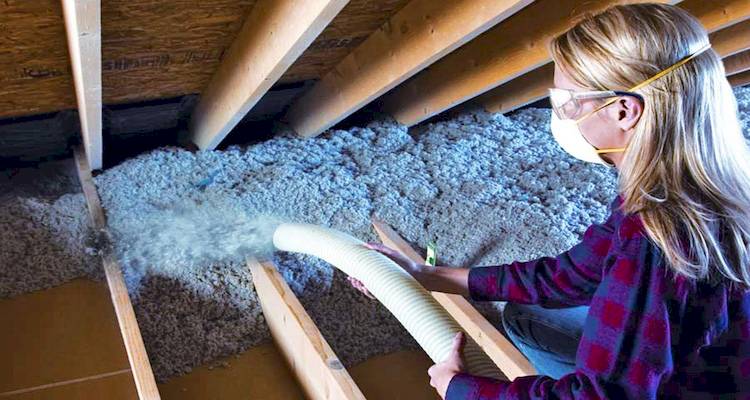
Open-cell foam expands to fill any cavity but can lead to moisture build-up in some situations.
Closed-cell foam creates a complete water, air, and vapour seal.
Pros
- ✔ Can be used on any surface.
- ✔ Highest R-value density.
- ✔ Eliminates the need for separate vapour barriers (closed cell) and reduces sound levels.
Cons
- ✖ Toxic gases are released during installation.
- ✖ A highly qualified subcontractor is needed.
- ✖ Much more expensive than other materials.
Blown Insulation
Blown insulation, usually composed of fibreglass or cellulose, is flexible and extremely easy to install.
Blown insulation contains small particles which mould to any space. You can use this type of insulation to fill existing walls with minimal damage.
Settling can be a disadvantage in walls but an advantage in attics.
Pros
- ✔ Most affordable option.
- ✔ Can sometimes be topped up and reused.
- ✔ Great for garage roof insulation and flat roof insulation.
Cons
- ✖ Dust may irritate lungs, eyes and skin.
- ✖ Weight of cellulose can be too heavy for some ceiling styles.
- ✖ Holds moisture which can affect performance and cause mould.
How Much Does Roof Insulation Cost?
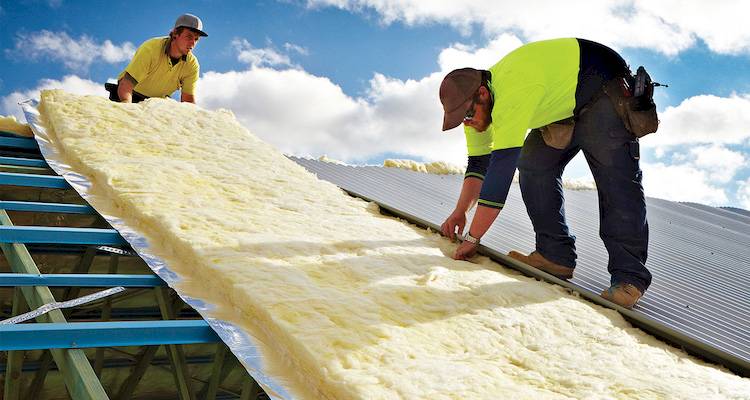
The average cost of installing roof insulation in the UK depends on the extent and area of the project.
There are many cost-affecting factors to consider when calculating the cost of installing roof insulation to your property:
- The type of roof you have.
- The materials used.
- The method of insulation.
- The size of area to be insulated.
- How difficult or easy it is to access.
- The existing condition of your loft.
- Which region you live in.
In the UK, the majority of homes have what's known as a pitched roof. A pitched roof consists of two sloped sides that run downwards, away from the central ridge of the roof.
In order to class a roof as a pitched roof, some regulations state that the angle of the slope needs to exceed 10 degrees.
How to Insulate a Roof
While it's possible to install roof insulation yourself, hiring a professional ensures the work meets building standards and is completed safely.
With MyJobQuote, you can request multiple quotes from roof insulation installers near you. It's fast, free, and there is no obligation to go ahead.
Here's the typical process of installing roof insulation.
Lay Loft Floor
Before the Job Starts
- Prepare the Loft Space — Ensure the loft is safe to work in and adequately lit. Check for signs of rot or cracking before walking on the joists. Remove objects from the space and clear dust and debris by vacuuming or sweeping.
- Cover Light Fittings — If light fittings from rooms below protrude into the loft, cover them with downlight caps which sit atop the fixture.
- Use Crawling Boards — When moving around the loft space, use crawling boards placed firmly onto the supporting joists. Loft panels work well for this. Never step between the joints as this risks falling through the ceiling.
- Measure the Space — Take your tape measure and carefully measure the entire area you'll need to insulate by taking the length of the floor and multiplying it by the width. Next, measure the distance between the joists in the loft, then measure the actual joists' height.
- Choose Insulation Material and Thickness — Decide which type of loft insulation material you want. The measurements from the previous step will help determine what thickness you'll need. For example, if your joists measure 100mm, you'll need insulation that matches it before adding additional insulation to meet the recommended government standard.
During the Job
- Insulate Between the Joists — Insulate between the joists until you have a strong layer around 100mm in thickness.
- Lay Insulation Over Base Layer — Add insulation over the top at as close to a 90-degree angle as possible to reach the recommended depth of 270mm set by government guidelines. Start from the farthest point from the loft opening and work to spread the material over the joists, ensuring no gaps are left between strips. When starting a new roll, place edges tight together without overlapping or pressing too tightly.
After the Job
- Insulate the Loft Hatch — Up to 5% of a property's heat can be lost through lack of insulation in the loft opening or hatch. Fix insulation to the inside of the loft hatch door with PVA or other non-harmful adhesive. Add draught-proof strips to the outside to bolster it further.
- Insulate Water Tanks and Pipes — Insulating the joists risks pipes and tanks freezing due to lack of heat reaching the loft space. Fit pipe insulation by cutting to fit and taping onto pipes. For coldwater tanks, purchase a tank jacket.
Warm Roof
Before the Job Starts
- Clear the Loft and Check Safety — Ensure the area is safe by installing adequate lighting. If your loft doesn't have floorboards, use crawling boards to make getting around safer and easier. Thoroughly inspect rafters and joists for signs of rot or cracking. If you spot damage, call in help to fix this first.
- Measure the Space — Calculate the distance from the top of the roof down the joists, then multiply by the width of the space. If planning to put insulation on the underside of joists, measure that also. Calculate the distance between rafters for use later.
During the Job
- Insulate the Rafters — The fastest way is to opt for rigid boards or foil insulation mat underneath the rafters, meaning you won't need to worry about leaving gaps for air circulation. If space in your loft is scarce, this may not be the best option.
- Install Rigid Boards — If you opt for rigid insulation boards, work out how you'll cover the space, then trim the boards to fit. Using nails, fix the boards to the underside of rafters.
- Install Insulation Foil — Foil is easier than boards but less effective for heat retention. Simply staple the foil to the underside of rafters throughout to ensure no gaps between.
How Long Does It Take to Insulate a Roof?
It can take up to around 2-4 hours to install Loft Insulation throughout an average three-bedroom house. Some larger homes and bungalows may take more as there is a much larger surface area to cover.
Building Regulations or Planning Permission Approval for Roof Insulation
Planning permission is not normally required for fitting insulation (where there is no change in external appearance). However, if the building is listed or is in a conservation area, you should consult your local planning authority.
Questions to Ask When Hiring a Roof Insulation Specialist
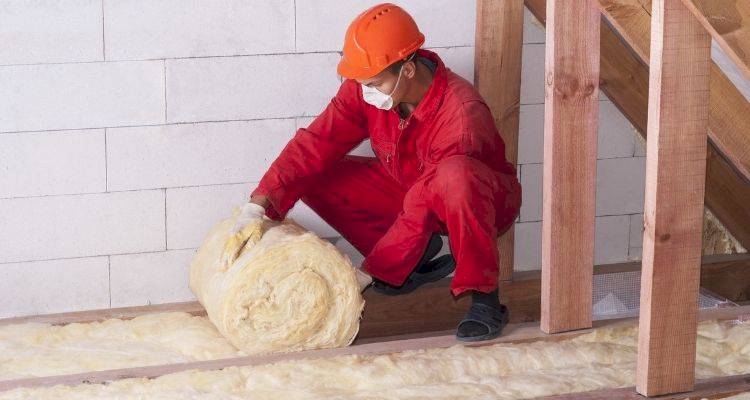
Consider the following points before hiring a roof insulation installer.
- Are you part of any recognised schemes or professional bodies? Most professional installers are PAS 2030 certified, TrustMark registered, and often members of bodies such as the Insulation Assurance Authority (IAA).
- Do they have experience? Make sure the installer you are hiring has experience in roof insulation. Ask them to provide evidence of their work.
- Are they insured? Check they have public liability insurance to cover any accidental damage or injury while working in your home.
- Do they offer any guarantees? If they offer a guarantee with their work, check what this covers and if they fix any issues that arise.
- Have you been given an itemised quote? Ask for a cost breakdown, so that you're aware of what is covered in your quote, and if there are any additional costs.
- Do they have positive reviews? Check their MyJobQuote profile to see what feedback they have from other homeowners.

